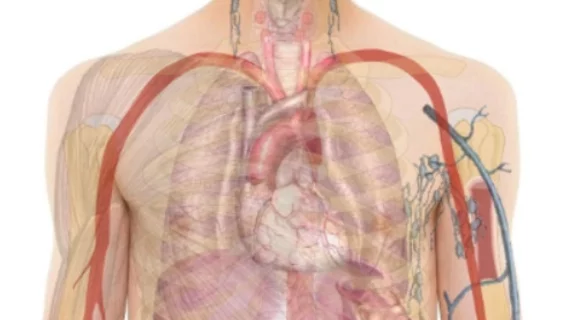Why more pulmonary embolism patients should be considered for surgery
More high-risk patients with pulmonary embolism (PE) should be considered for surgery, according to a new scientific statement presented Monday, Jan. 23, at the 59th Annual Meeting of the Society of Thoracic Surgeons (STS) in San Diego. The document, published in full in Circulation,[1] is the work of a volunteer writing group that includes members of multiple American Heart Association committees.
Surgery is often viewed as a last resort for PE patients, with clinicians preferring to begin with other options such as anticoagulation therapy and thrombolysis. However, the statement’s authors noted, considering surgery earlier in the care process could potentially lead to improved outcomes for certain patients.
The group’s statement outlines the history of treating PE with surgical therapies, exploring several key topics along the way. It then ends with a call to action, asking PE researchers developing data registries to focus more on high-risk patients and recommending that surgical and interventional societies spend more time educating members about surgically treating PE.
“This statement demonstrates that modern surgical management strategies and mechanical circulatory support results in excellent survival (97%) even among the sickest patients, including those who present with cardiac arrest and have had CPR,” Joshua B. Goldberg, MD, a cardiothoracic surgeon at the Westchester Heart and Vascular Center in Valhalla, New York, and chair of the statement’s writing group, said in a prepared statement. “Modern surgical strategies and mechanical circulatory support are drastically underutilized. It is the hope of the multidisciplinary group of authors that this scientific statement will provide a greater awareness of the safety and efficacy of modern surgical management and mechanical circulatory support in treating the most unstable patients so that lives may be saved. In addition, we hope this statement will facilitate improved understanding of the disease process and effective treatments and encourage future research to improve the survival of patients with this common and deadly disease.”

